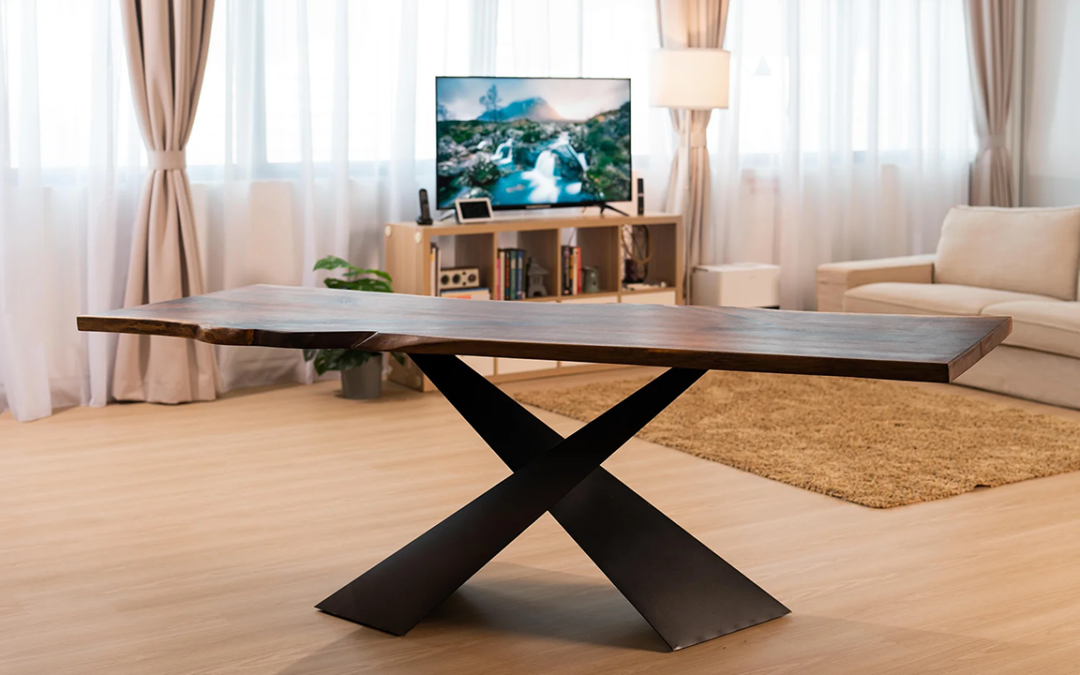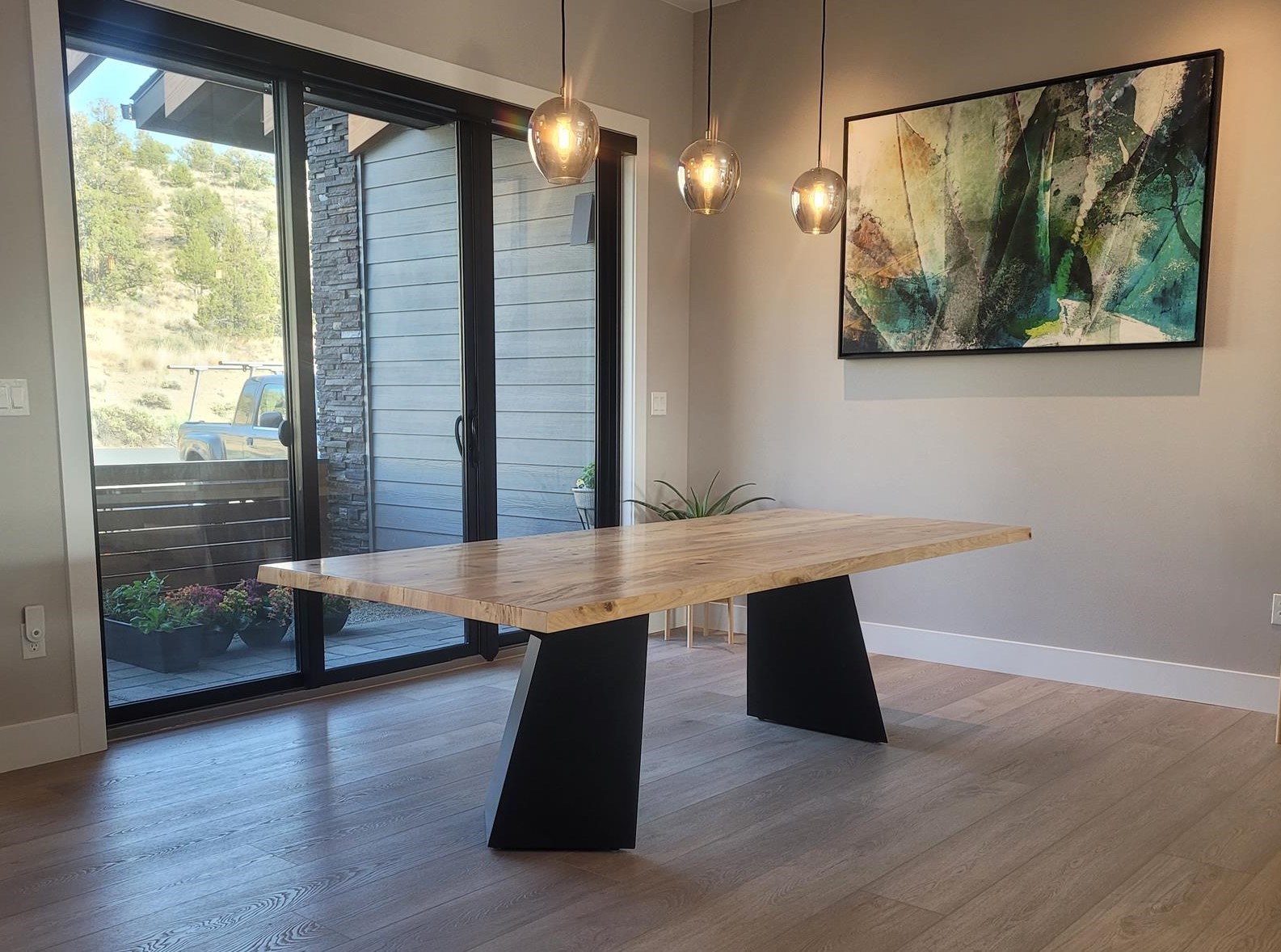Discover the most effective Materials for Dining Room Table Legs for each Style
Discover the most effective Materials for Dining Room Table Legs for each Style
Blog Article
Picking the Perfect Eating Table: What Styles Work Best for Your Home?
Selecting the suitable eating table for your home can be a nuanced process that stabilizes aesthetics and performance. To navigate these choices effectively and find a table that genuinely matches your home, take into consideration the adhering to aspects in information.
Assessing Your Area
Reviewing the dimensions and layout of your dining area is a critical very first step in selecting the ideal table. Begin by determining the size and size of the area, making up entrances, home windows, and other architectural functions that might affect table positioning. This makes sure that your table not just fits yet additionally permits comfortable movement around it.
Consider the number of individuals you typically entertain. A table should suit your home's everyday requirements while using adequate versatility for occasional guests. Generally of thumb, allocate at least 24 inches of table width each to ensure a comfy eating experience.
It's likewise important to preserve proper clearance around the table. Ideally, there ought to go to the very least 36 inches between the table edge and wall surfaces or various other furnishings, making it possible for simple access and movement. For rooms where chairs with arms or extra storage devices like buffets are entailed, enhancing this clearance to 48 inches is recommended.
Lights and environment play considerable functions. Ensure that your table aligns with existing lights components or plan for adequate lighting remedies. This detailed spatial assessment warranties that your dining table not just fits physically yet additionally balances with your room's total functionality and visual.
Popular Table Styles

Standard table frequently feature ornate information, bent legs, and abundant timber surfaces, evoking a feeling of classic elegance. They are ideal for homes with classic style or those aiming to add a touch of class to their dining area.
Modern eating tables focus on simpleness and tidy lines, usually incorporating products like glass and metal. These tables are perfect for contemporary spaces, giving a streamlined and clean look that enhances minimal design ideologies.
Rustic table, on the various other hand, emphasize all-natural materials and a handcrafted look - dining room table legs. They typically feature recovered wood and a distressed coating, producing a cozy and inviting atmosphere. These tables work well in farmhouse-style homes or those seeking a comfy, organic feeling
Industrial dining tables combine raw products such as metal and timber, frequently showcasing a practical aesthetic. This design is appropriate for lofts or metropolitan spaces, including a touch of rugged appeal and durability to the eating experience.
Each style uses unique benefits, making it important to choose one that lines up with your home's total style and your individual preferences.
Product Choices
When choosing a table, the option of product plays an essential duty in identifying both the table's appearances and functionality. Timber, steel, glass, and composite products each deal distinct advantages and obstacles, making it crucial to align the material with your home's decor and way of life requirements.
Timber is a timeless and versatile choice, readily available in varieties such as oak, walnut, and mahogany. Known for its resilience and heat, timber enhances both traditional and contemporary interiors. Nevertheless, it calls for regular maintenance to stop scrapes and bending.
Metal tables, often crafted from stainless steel, light weight aluminum, or functioned iron, are praised for their modern appeal and robustness. They are particularly suited for industrial or minimalist settings but can be prone to dents and may feel cool to the touch.
Glass table bring an air of elegance and visibility, perfect for smaller sized rooms as they develop an impression of even more space. While simple to clean, glass can be vulnerable to smudges and needs careful handling to avoid chips and fractures.
Composite products, such as MDF and plywood, deal affordable and customizable solutions, though they might do not have the long life of all-natural materials. Selecting the right product guarantees your eating table is both a practical asset and a visual joy.
Forming and Size Considerations
After identifying the appropriate material for your dining table, the next factor to consider is selecting the ideal shape and size to match your space. Alternatively, round tables foster a feeling of affection and are outstanding for smaller sized dining areas, urging conversation by getting rid of edges and making everyone feel just as included.
Size is just as essential and must be determined by both the room's measurements and the variety of individuals you plan to seat consistently. Generally of thumb, designate at the very least 24 inches of table width each to make sure comfy dining. Additionally, consider the table's clearance area: there need to go to least 36 inches between the table edge and the walls or various other furniture. This makes certain that restaurants can move quickly without really feeling confined. Expanding tables supply flexibility if you often organize larger celebrations, giving added seats when needed without occupying added space daily. Choosing the best sizes and shape guarantees both practicality and aesthetic consistency in your dining area.
Matching Your Design
Picking a dining their website table that balances with your existing style is pivotal in developing a cohesive and welcoming room. A sleek, minimal table with tidy lines is optimal for a modern-day home, while a vintage, ornate table suits an extra traditional setting.
Shade and product are equally considerable. If your decor features cozy tones and all-natural materials, take into consideration a wooden table to improve the natural feeling. Conversely, a glass or metal table might be extra suitable in a room dominated by great shades and commercial elements. Take note of the surface, as it needs to mirror various other furniture and components to keep harmony.
Structure plays a vital duty too. A rough-hewn, redeemed timber table can include personality to a rustic room, while a polished marble surface can elevate an elegant eating location. Think about the range and percentage of the table in relationship pop over here to the room size and existing furniture. A well-matched table not just boosts aesthetic charm but also improves the total eating experience.

Verdict
Picking the excellent table demands cautious factor to consider of space, style, products, form, and size (dining room table legs). Standard tables complement traditional insides with rich timber coatings, while modern tables match modern setups through glass and steel. Rustic designs present heat via natural products, and industrial designs enhance urban settings with raw components. Integrating the dining Bonuses table with existing decoration ensures both functionality and visual charm, contributing to a natural and cosmetically pleasing eating location.
Report this page